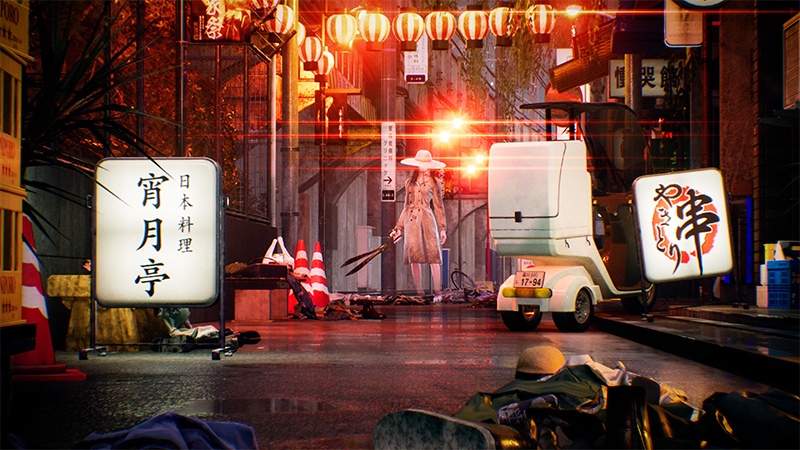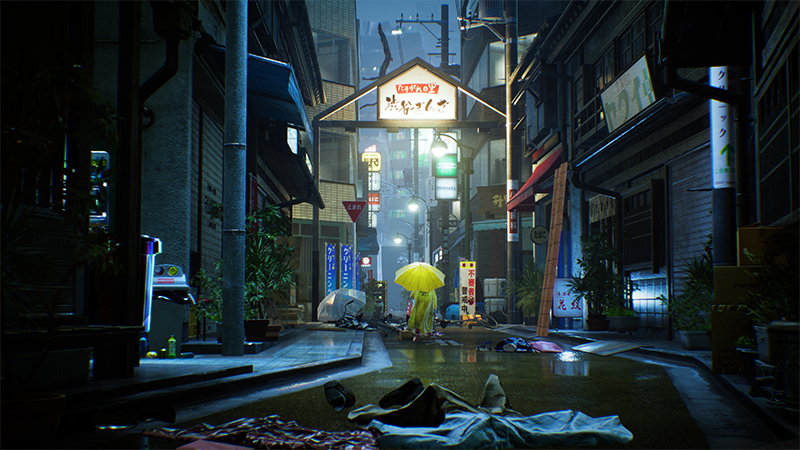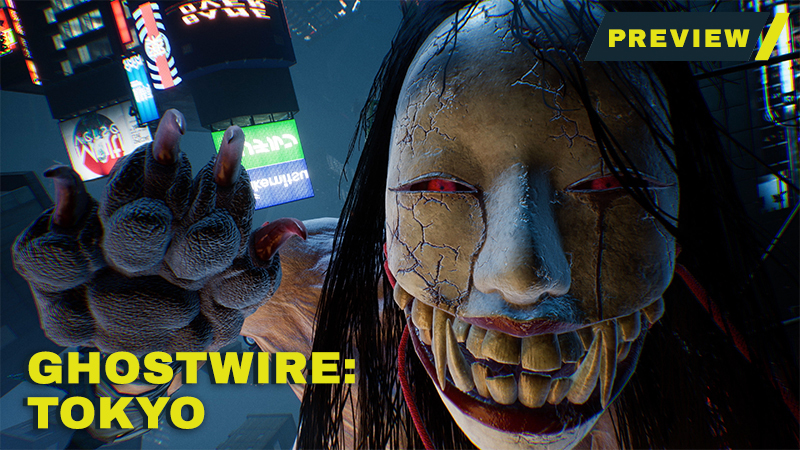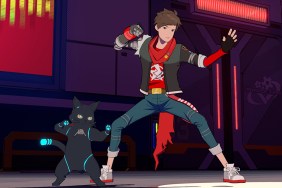Tango Gameworks’ two The Evil Within titles are third-person, action-horror games through and through, which is fitting for a team being led by Resident Evil 4 Director Shinji Mikami. Even though Ghostwire: Tokyo, the developer’s next game, has horror elements, it seems to be leaning more heavily on the “action” part of the equation. Mikami himself even described it as an action-adventure game in its recent showcase, but Ghostwire: Tokyo is a title of many descriptors because it appears to be a game with many different influences that results in a style all its own.
Ghostwire: Tokyo is technically a first-person shooter, but players fire magic from their hands instead of the typical arsenal of guns. This technique is called Ethereal Weaving and there are a wealth of elemental powers to use in addition to a handy defensive block move. In practice, combat looks to be a little like Hexen, a first-person shooter developed by Raven Software in 1995 that used Doom’s engine, as it also prioritized spells and other atypical types of weapons.
RELATED: Ghostwire: Tokyo Release Date Officially Revealed, Showcase Coming Tomorrow
The expressive hand animations sell the concept visually and are a more physical way to express ranged combat, but it remains to be seen how it actually plays out or feels. It has some overlapping similarities with the recent Doom games — a great sign — with how players have to juggle a mix of melee and ranged threats and grab their cores, a mechanic that begs to be compared to Doom’s Glory Kill system. Some of this DNA is even more direct as Shinichiro Hara, who worked on the 2016 Doom’s combat system and Glory Kills, is Ghostwire’s combat director. The early parts of the game in the demo and the brief snippets of footage from other sources haven’t shown the combat in its full glory, but it seems to be headed in the right direction with its multiple upgradeable powers and array of nightmarish yokai that range from spooky Slenderman-like beings to weird demonic cats.

The well-designed yokai were inspired by ukiyo-e art — a genre of Japanese art that lasted from the 7th century to the 19th century — and are roaming around the open world, which is new for Tango. The Evil Within was fairly linear, but its sequel had hub worlds that players could roam around in to pick up extra optional quests and resources.
Ghostwire is a step up from that and a bigger play area; it has around “2,200 map segments” according to Tango. Players can clear out corrupted Torii gates and discover other side missions. For example, one of the early secondary quests from an old woman’s ghost asks players to go into her old house and find her good luck spirit. It wasn’t particularly involved and was a little worrying since many open-world games are littered with meaningless objectives. Bigger is not always better, especially for a team that hasn’t made a game in this vein before, but context is key and that context is hard to demonstrate in a small demo.

Even if it ends up not working in the gameplay department, taking place within Tokyo is breathtaking on its own. While covered in ghouls and otherworldly fog in some areas, it’s still undoubtedly Tokyo with its narrow, rain-soaked, neon-lit streets. The architectural and physical properties of Japan appear to be in sync with the yokai and music, all of which work together to evoke the same distinct tone and mood.
This obviously isn’t by accident. Programmer Tsuyoshi Okugawa described the game as “authentic Tokyo” while Game Designer Suguru Murakoshi compared it to a strawberry shortcake; a genuine Japanese delicacy modeled after the rising sun that the country’s flag is based upon. Environmental Designer Junya Fujii described its world design and how it also evoked the country that it takes place in.
MORE: OlliOlli World Review: Ascending to Gnarvana
“As far as worldbuilding, Ghostwire: Tokyo is directed in a way that allows people to sense the reality of Tokyo,” Fujii said. “It is created realistically. By doing so, we can create a setting where unusual phenomena and paranormal activities can really stand out.”
That juxtaposition of a real-world city against the ghoulish infection covering it does stand out and is what gives the game its own personality, which is an accomplishment since it has numerous inspirations. While Ghostwire: Tokyo is comparable to a lot of games and other pieces of art, it’s not directly comparable to any one thing, making it both unique and a big risk that’s hard to fully judge. It’s unclear if this ingenuity will equal quality and it’s still hard to tell exactly where it’ll fall, but it looks to be an interesting and one-of-a-kind ride either way.










